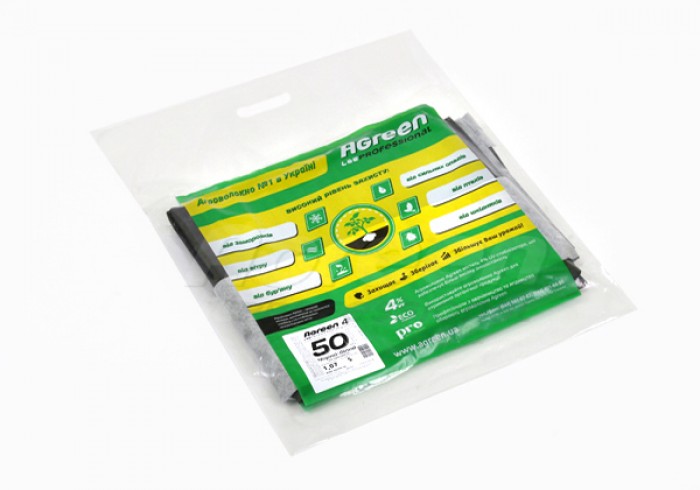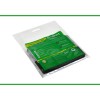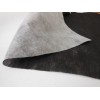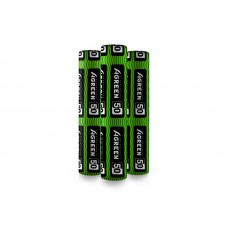Black and white agrofibre without perforation
Agrofibre of two colors (black and white) – it is a new and most optimal type of
mulching, which combines the best qualities of black and white agrofibre.
First of
all, it is convenient for farmers in hot regions, since this agrofibre prevents
overheating of the root system in the heat of the year.
The density
of this new agrofibre is 50 g/sq. m and use it only for mulching
(vegetable, berry crops).
Agrofibre is laid with the black side on the soil, and the white side up: the black side
protects against the germination of weeds, so there is no need to use
herbicide, and the white side, reflecting excessive sunlight on hot days,
protects the root system from overheating. Agrofiber is well permeable to
moisture and air, unlike film. As with ordinary agrofibre, the soil does not
compact, does not mold and its structure does not change.
It should
be remembered that the black-and-white agrofibre must be spread on pre-warmed,
dry and weed-free soil. If this recommendation is not followed, it can lead to
a delay in the harvest, not to its accelerated receipt. This result is possible
because the agrofibre will warm up longer, since its white layer will reflect
sunlight.
Advantages of black and white agrofibre:
- protects against weeds;
- well passes water and air;
- keeps fruits and berries clean;
- rot and mold do not form under the material.
Application
method: mulch is
spread on the prepared bed and one of the edges is fixed. Therefore, they
alternately straighten, tighten and fasten the remaining edges. In places where
seedlings are planted, small cross-shaped incisions are made, where crops are
planted. It can also be spread along the rows of plants, cover the trunk areas
of trees and shrubs. The edges of the canvas are sprinkled with soil or secured
with wire. Mulching is performed only on loose and moist soil.
Mulching – a good way to enrich poor soil.
The material is not removed until the culture is eliminated. On beds with
perennial berry crops (strawberries, wild strawberries, etc.), the material
remains throughout the year.
Covering strawberries with Agreen agrofibre, recommendations for use
Related Products
Black and white agrofibre with perforation
Agreen black and white agrofibre with perforationTwo-color black and white agrofibre with perfora..
Black and white agrofibre
Black and white agrofibre without perforation Agrofibre of two colors (black and white) –..
Black and white agrofibre with perforation
Agreen black and white agrofibre with perforationTwo-color black and white agrofibre with perfora..








